Where Is Refrigerant Added To A Centrifugal Machine
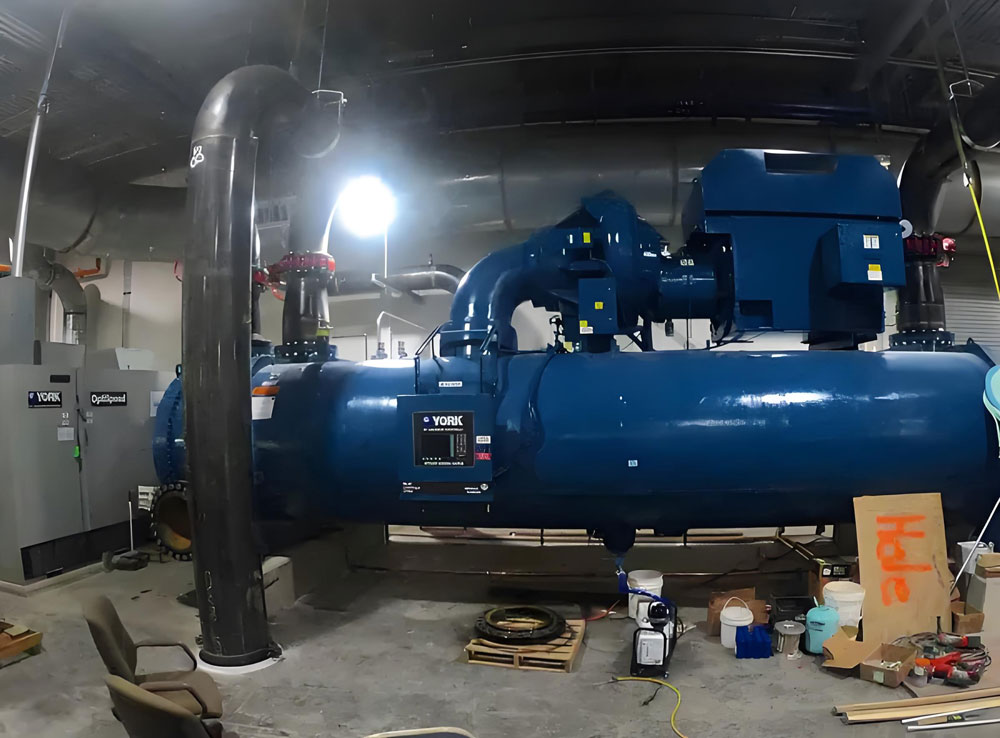
Introduction: Understanding Centrifugal Machines and Their Cooling Systems
Centrifugal machines play an essential role in various industries, from air conditioning systems to refrigeration units and even in large-scale manufacturing processes. These machines are designed to manage heat and keep operations running smoothly. However, their efficiency is heavily dependent on their cooling systems, which rely on refrigerants to maintain optimal temperatures. In this article, we will delve into the complexities of centrifugal machines, focusing on how refrigerants are added, the significance of proper refrigerant levels, and the best practices for maintaining these critical components.
What is a Centrifugal Machine?
At its core, a centrifugal machine uses rotational energy to separate substances or to perform cooling and pumping tasks. These machines typically function through a high-speed rotating component, such as a fan or compressor, which creates a centrifugal force that either moves air, water, or other fluids. The power behind this motion can be harnessed for a variety of applications, including refrigeration, air conditioning, and even waste processing systems.
The Role of Refrigerants in Centrifugal Machines
Refrigerants are crucial in the functioning of centrifugal machines, particularly in those used for cooling. They are the substances responsible for transferring heat from the machine to a secondary system or environment, ensuring the machine doesn't overheat. Without proper refrigerant circulation, the machine could suffer from reduced performance, energy inefficiency, or even system failure. Essentially, refrigerants act as the heat exchange medium that absorbs heat from the machine and expels it, maintaining the optimal working temperature.
Why Proper Refrigerant Addition is Crucial for Efficiency
The efficiency of a centrifugal machine is closely linked to its refrigerant levels. Too little refrigerant can lead to insufficient cooling, causing the machine to overheat and perform poorly. On the other hand, an overcharged system may lead to unnecessary pressure on the compressor and other components, causing unnecessary wear and tear. Proper refrigerant addition ensures that the system operates at peak performance, preventing costly repairs and energy inefficiencies.
The Basics of Refrigerants
Refrigerants are compounds used in heat exchange systems to absorb and release heat as they circulate through the system. These substances transition between liquid and gas states as they move through various components of the cooling system, such as the evaporator and condenser. Their primary function is to facilitate the transfer of heat from one area to another, which allows for the cooling of machines, environments, or even products.
What Exactly is Refrigerant?
In essence, refrigerants are chemical compounds designed to undergo phase changes—usually from liquid to gas and back again—at low temperatures. This phase change enables them to absorb heat during evaporation and release it during condensation, creating a cooling effect. The most commonly used refrigerants today are chlorofluorocarbons (CFCs), hydrochlorofluorocarbons (HCFCs), and hydrofluorocarbons (HFCs), although there are growing efforts to adopt more eco-friendly alternatives.
Common Types of Refrigerants Used in Centrifugal Machines
Different types of refrigerants are used in centrifugal machines depending on the application and environmental considerations. Freon (R-22), ammonia (R-717), and R-134A are some of the most widely used refrigerants in centrifugal systems. Each type has its advantages, with ammonia being highly efficient for large industrial applications, while R-134A is commonly found in smaller, more energy-efficient machines. The choice of refrigerant depends on factors such as cooling needs, system design, and environmental impact.
The Science Behind Refrigeration in Centrifugal Machines
The refrigeration cycle within centrifugal machines operates on a scientific principle known as the thermodynamic cycle. The refrigerant absorbs heat from the system in the evaporator by evaporating into a gas. This gas is then compressed by the compressor, which increases its temperature and pressure. After passing through a condenser, the refrigerant releases the heat and returns to its liquid form, ready to repeat the cycle. This constant phase transition allows centrifugal machines to maintain controlled temperatures and prevent overheating.
Centrifugal Machines and Their Cooling Needs
In order to prevent overheating and maintain efficient operation, centrifugal machines must be equipped with cooling systems that regulate their internal temperatures. As these machines perform tasks like compressing air or circulating fluid, the internal components generate a substantial amount of heat. This heat must be effectively dissipated to ensure that the machine operates efficiently and lasts for years.
How Centrifugal Machines Generate Heat
The generation of heat in centrifugal machines is primarily a byproduct of friction and compression. As the rotor or compressor blades spin at high speeds, the friction between the components causes them to heat up. Similarly, as gases or liquids are compressed within the system, they experience an increase in pressure and temperature, which contributes to overall heat generation.
The Importance of Cooling in Centrifugal Machines
Effective cooling is essential for keeping centrifugal machines running at optimal performance levels. Overheating can cause a number of issues, including mechanical failure, inefficient energy use, and even system breakdowns. By maintaining a stable internal temperature, cooling systems ensure that the machine performs its task without unnecessary delays or energy loss, thus improving both efficiency and longevity.
Signs That Your Centrifugal Machine Needs Refrigerant
If your centrifugal machine is not functioning properly or seems to be underperforming, it may be a sign that the refrigerant level is low. Common signs include an increase in temperature, a decrease in cooling performance, strange noises from the compressor, or the presence of frost around refrigerant lines. In such cases, it's crucial to check the refrigerant levels and add more if necessary.
Where is Refrigerant Added in a Centrifugal Machine?
Knowing where and how refrigerant is added to a centrifugal machine is vital for ensuring that the system is correctly charged and functioning. Refrigerant is typically added through a service valve or port that connects to the refrigerant lines of the machine. It's essential to understand the proper locations and methods for refrigerant addition to avoid complications during the process.
Locating the Refrigerant Valve: What You Need to Know
The refrigerant valve, sometimes referred to as the service valve or charging valve, is typically located on the high-pressure side of the refrigeration system. This valve is where refrigerant is added or removed from the system. It is crucial to ensure that the right valve is accessed to prevent contamination or improper charging.
Understanding the Refrigerant Lines and Connection Points
Refrigerant lines run between the key components of the centrifugal machine, including the compressor, condenser, and evaporator. These lines are responsible for carrying the refrigerant through the system, enabling it to perform its cooling function. Understanding the layout of these lines and their connection points is vital for adding refrigerant correctly and ensuring the system’s efficiency.
The Role of the Evaporator in Refrigerant Addition
The evaporator plays a central role in the refrigeration process by absorbing heat from the air or fluid within the system. As the refrigerant enters the evaporator, it evaporates and absorbs heat, reducing the internal temperature. Understanding how the evaporator interacts with refrigerant is important when adding or troubleshooting refrigerant levels in the system.
Key Components Involved in Refrigerant Injection
In addition to the valve and refrigerant lines, key components such as the compressor, condenser, and expansion valve also play a role in the injection and flow of refrigerant throughout the centrifugal machine. Each of these components helps control the pressure, temperature, and flow rate of the refrigerant, ensuring that it moves efficiently through the system.
Refrigerant Addition Process Step-by-Step
Adding refrigerant to a centrifugal machine should be done carefully to ensure optimal performance. The process typically involves several key steps, from preparing the machine to checking the refrigerant level and using the right tools for the job.
Preparing the Centrifugal Machine for Refrigerant Addition
Before adding refrigerant, it's essential to prepare the machine. This includes shutting down the system, ensuring it is not in operation, and allowing the machine to cool down if necessary. Safety checks should also be performed, including verifying that the refrigerant lines and valve are not obstructed or damaged.
Safety Measures Before Adding Refrigerant
Working with refrigerants requires caution, as they can be hazardous to both human health and the environment. Protective gloves, eyewear, and proper ventilation should be used to minimize exposure. It’s also important to work in an area where the refrigerant can be safely vented in case of leaks.
How to Check the Existing Refrigerant Level
Checking the current refrigerant level in a centrifugal machine is typically done through a sight glass, which allows you to observe the flow of refrigerant in the system. Low levels of refrigerant may indicate a leak or the need for a top-up, while high levels could indicate an overcharge.
The Right Tools for Adding Refrigerant to a Centrifugal Machine
Using the correct tools for refrigerant addition is crucial to avoid damaging the system. Typically, a refrigerant gauge set, charging hoses, and the appropriate refrigerant cylinder are required. The use of professional-grade tools ensures that the refrigerant is added safely and accurately.
The Step-by-Step Process of Adding Refrigerant
The process of adding refrigerant involves attaching the charging hose to the refrigerant valve, checking the system’s pressure, and slowly introducing the refrigerant while monitoring the pressure readings. It’s essential to follow the manufacturer’s instructions and ensure that the system is charged to the correct level.
Choosing the Right Refrigerant for Your Centrifugal Machine
Selecting the correct refrigerant is essential for ensuring that your centrifugal machine runs efficiently and meets environmental standards. The refrigerant you choose must be compatible with the machine's design and capacity while also meeting regulatory requirements.
How to Determine the Correct Refrigerant for Your Model
Each centrifugal machine is designed to work with specific types of refrigerants. Refer to the manufacturer’s manual or consult with a professional to determine which refrigerant is best suited for your model. Factors such as operating temperatures, pressure ranges, and environmental concerns should all be taken into account.
Factors to Consider When Selecting Refrigerant
When selecting a refrigerant, consider its compatibility with the system, cooling capacity, efficiency, and environmental impact. Refrigerants with lower global warming potential (GWP) and zero ozone depletion potential (ODP) are becoming more widely used due to their reduced impact on the planet.
The Environmental Impact of Refrigerants
Many traditional refrigerants contribute to environmental degradation, particularly in terms of global warming and ozone depletion. Choosing newer, more sustainable refrigerants can help reduce these impacts and ensure that your centrifugal machine operates in compliance with modern environmental standards.
Must-Read Blogs For Chain Restaurants Owner




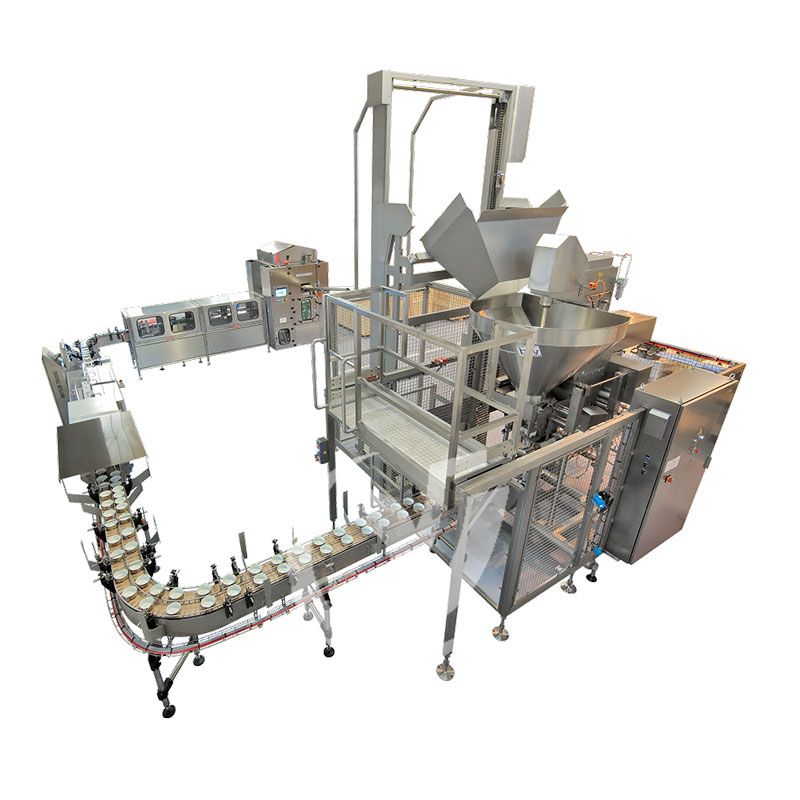


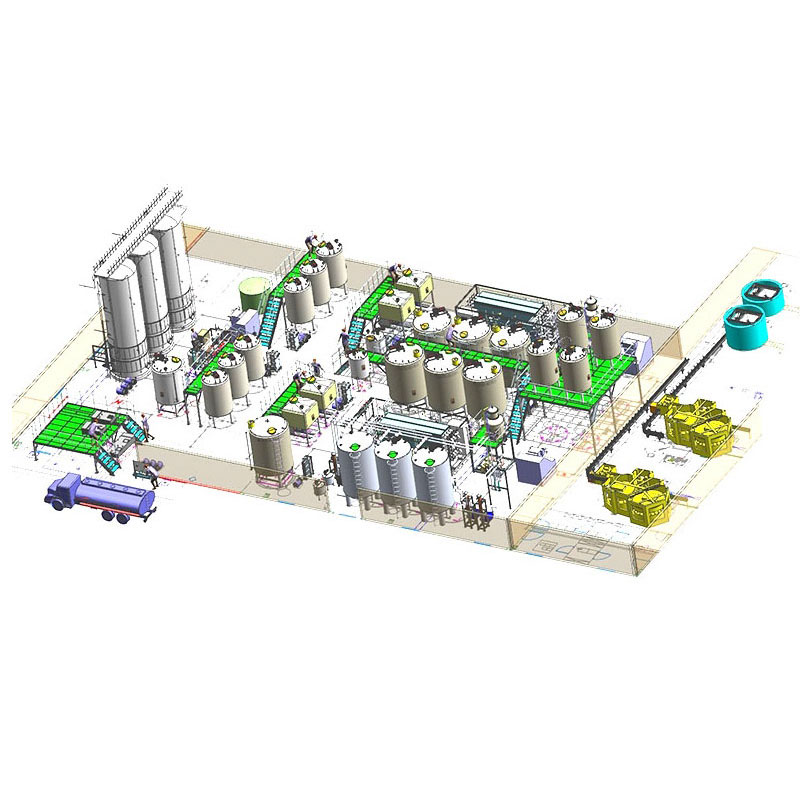


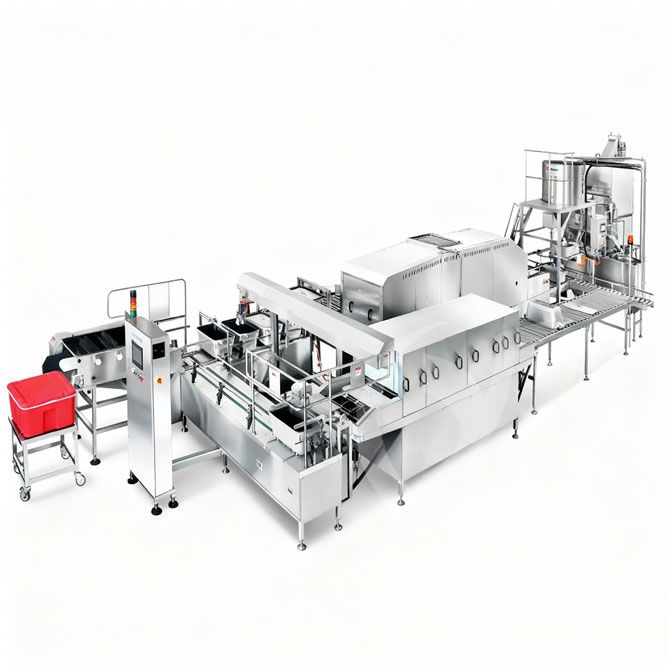
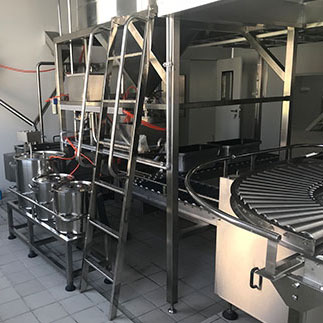 Cold Chain Rice Production Line
Cold Chain Rice Production Line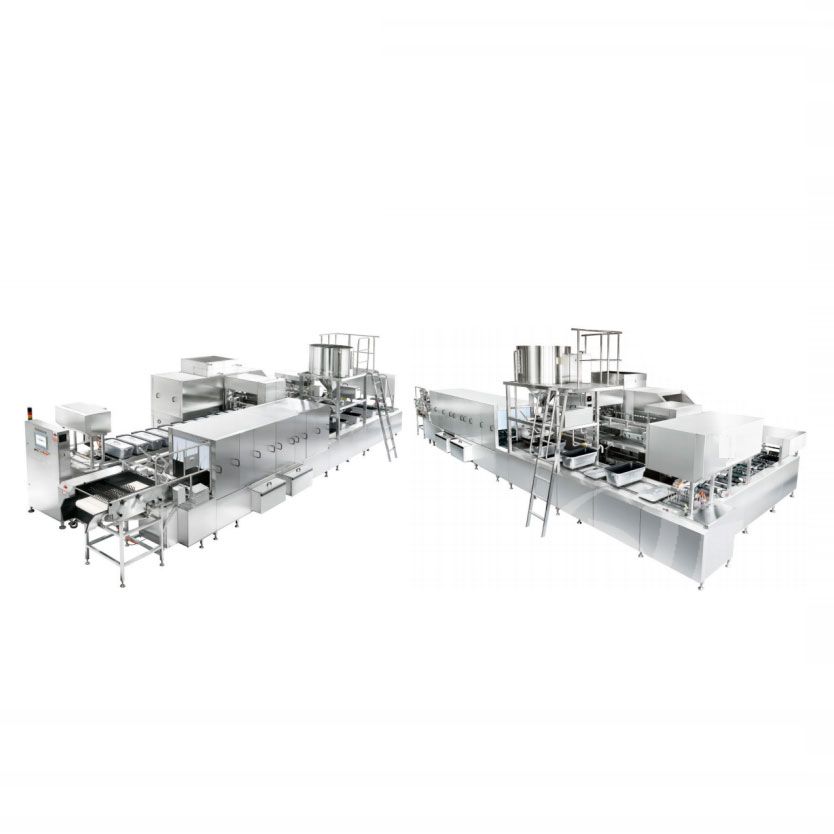 Unmanned Intelligent Rice Production Line
Unmanned Intelligent Rice Production Line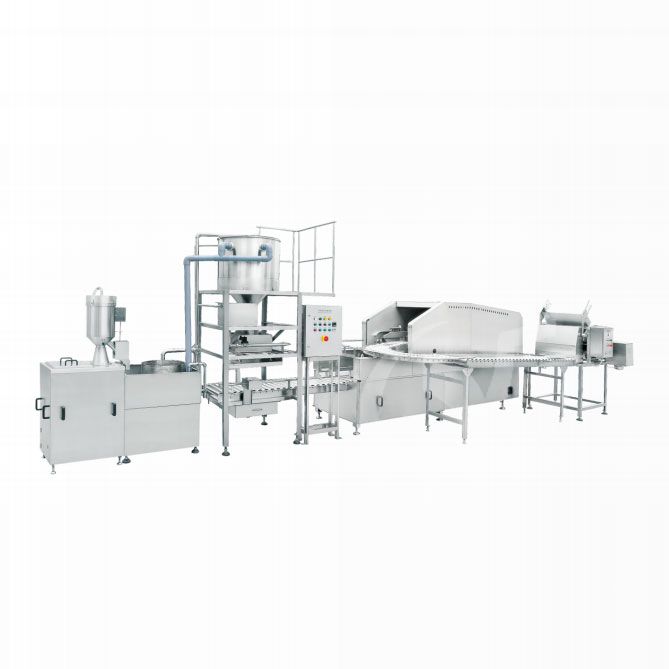 Automatic Rice Production Line
Automatic Rice Production Line
Ready to Get Started?